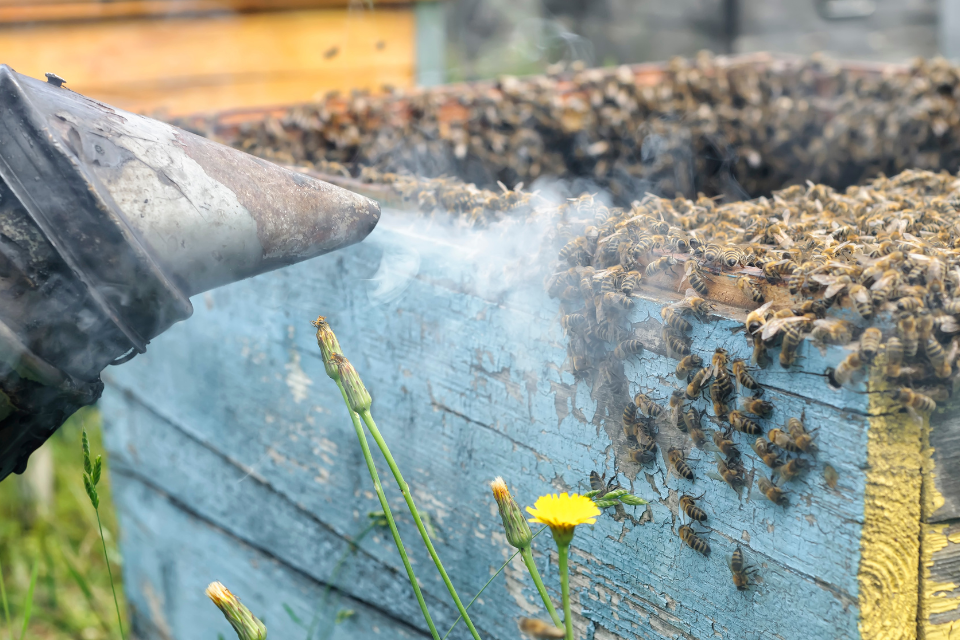Bees are fascinating creatures guided by their keen sensory biology, particularly sensitive to scents in their environment. Understanding how scents affect bees and leveraging this knowledge can effectively deter them from unwanted areas. This guide explores various scents known for their repellent properties, safe usage practices, and considerations for environmental impact. For more insights into wellness strategies, explore our article on In Good Health: Strategies for Maintaining Wellness.
Why Scents Affect Bees
Bee Sensory Biology: Bees rely heavily on their sense of smell to locate food sources and communicate within their colonies. Certain scents can disrupt their navigation or signal danger, prompting them to avoid treated areas.
Effective Scents for Bee Repellence
Citronella: Citronella oil is well-known for its insect-repelling properties, including bees. Its strong, citrus-like scent interferes with bees’ ability to locate floral scents, deterring them from settling in treated areas.
Peppermint: The strong, minty aroma of peppermint oil is another effective bee repellent. Bees find the scent overwhelming, discouraging them from nesting or foraging near peppermint-treated zones.
Eucalyptus: Eucalyptus oil emits a potent fragrance that bees find unpleasant. Its camphor-like scent disrupts bees’ olfactory senses, making it challenging for them to navigate or remain in eucalyptus-scented environments.
How to Use Scents Safely
DIY Scented Repellents: Creating DIY repellents using essential oils like citronella, peppermint, or eucalyptus allows for customized applications. Dilute oils in water or carrier oils for safe spraying or diffusion around targeted areas.
Commercial Products: Commercial bee repellents often combine these essential oils in ready-to-use formulations. Follow manufacturer instructions for safe and effective application, ensuring minimal risk to bees and other wildlife.
Considerations for Using Scented Repellents
Impact on Other Wildlife: While effective against bees, scented repellents may also affect other pollinators or beneficial insects. Apply repellents judiciously and avoid direct contact with flowers or nesting sites of non-targeted species.
Application Tips: Apply scented repellents during calm weather conditions to prevent dispersion by wind. Focus treatments on areas prone to bee activity while respecting natural habitats and nearby flowering plants.

Conclusion
Discovering scents that repel bees involves understanding their sensory biology and leveraging natural repellents like citronella, peppermint, and eucalyptus. By using scents responsibly and considering their broader environmental impact, you can effectively manage bee presence while supporting overall ecosystem health.

Dr. Emily Turner is a board-certified physician specializing in holistic health and wellness. With over 15 years of experience in the medical field, she combines her extensive knowledge in nutrition, fitness, and mental health to provide comprehensive advice and insights. Emily is dedicated to helping readers achieve a balanced and healthy lifestyle through her expert articles and guides.




